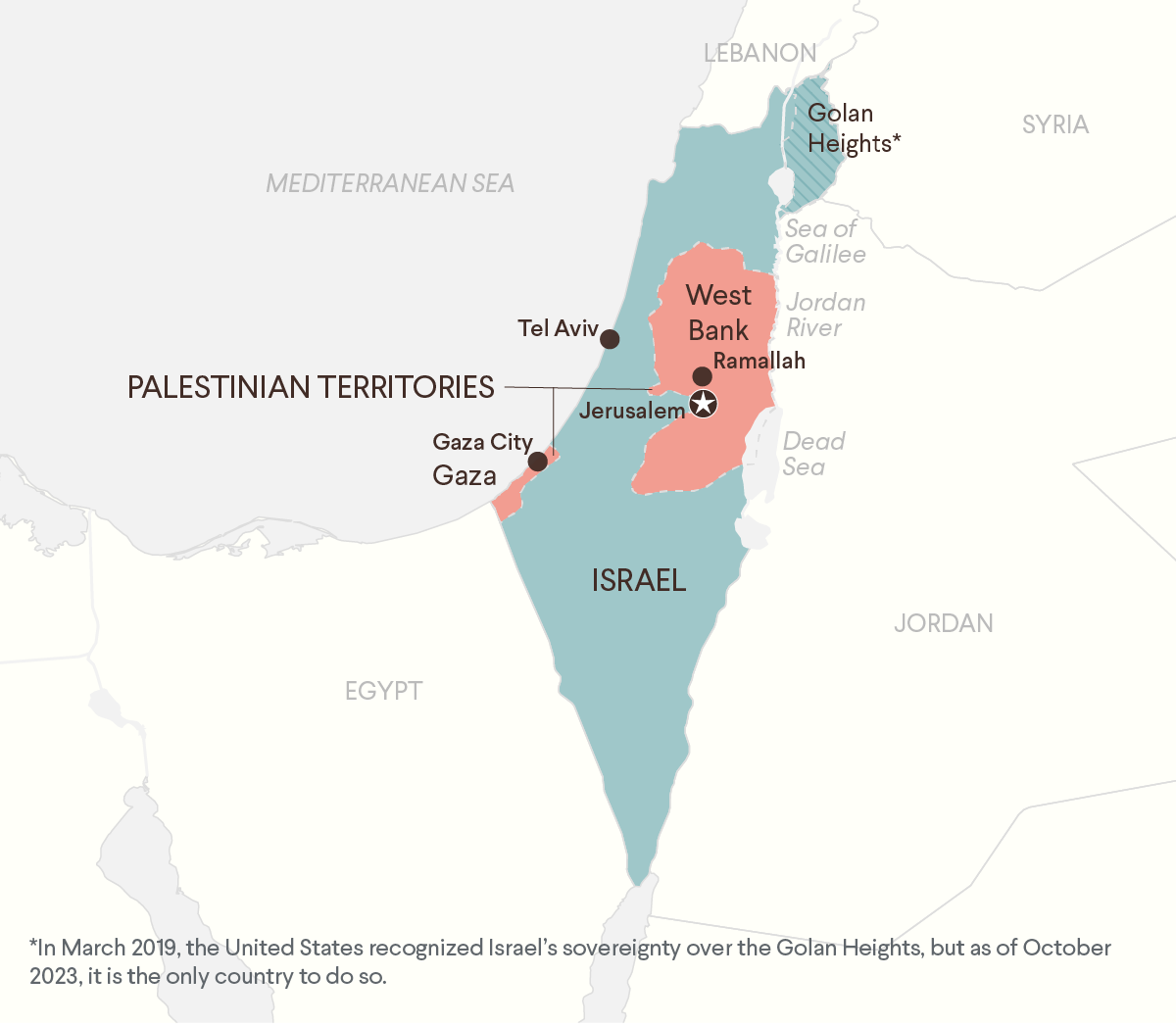The Israel-Palestine conflict, a contentious and protracted struggle, has left an indelible mark on the landscape of international relations. Rooted in a complex historical narrative and fueled by deep-seated grievances, it remains one of the most intractable conflicts of our time. This article aims to shed light on the historical backdrop, the evolution of the conflict, and the contemporary challenges that hinder the path to peace.
A Historical Mosaic
To comprehend the Israel-Palestine conflict, one must delve into its historical mosaic. Several key events have shaped the trajectory of this dispute:
Pre-20th Century: Jews and Arabs coexisted in the region for centuries. However, tensions simmered as various empires, including the Ottoman Empire and British Empire, exerted control over the area.
The British Mandate (1917-1948): The Balfour Declaration, issued by the British government, expressed support for a “national home for the Jewish people” in Palestine. Jewish migration to Palestine surged, intensifying the demographic shift in the region.
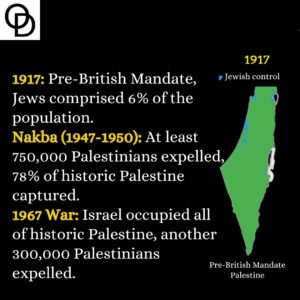
UN Partition Plan (1947): The United Nations proposed a partition plan, dividing Palestine into separate Jewish and Arab states. The Jewish leadership accepted the plan, while the Arab states and Palestinian Arabs rejected it. This marked the birth of Israel and the start of violent conflicts.
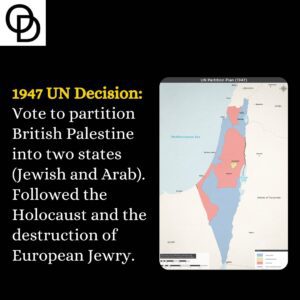
The Nakba (1947-1949): Approximately 700,000 Palestinian Arabs fled or were expelled from their homes. The Nakba, or “catastrophe,” has since become a central narrative in Palestinian identity.

1967 Six-Day War: Israel’s military victory expanded its territorial holdings, including the West Bank, Gaza Strip, East Jerusalem, and the Golan Heights.
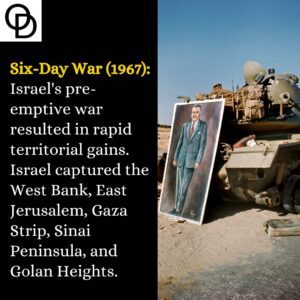
Hamas Emergence (1987): The first Intifada (uprising) and Hamas’s formation shifted the Palestinian struggle towards armed resistance, marked by suicide bombings and confrontations with Israel.

Oslo Accords (1993): Israel and the Palestine Liberation Organization (PLO) signed the Oslo Accords, establishing the Palestinian National Authority. Hopes for a two-state solution emerged.
Second Intifada (2000-2005): The failure of the Camp David negotiations and the outbreak of the Second Intifada marked a new era of violence and counter-violence.
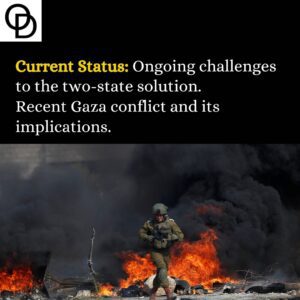
Contemporary Challenges
The Israel-Palestine conflict faces an array of contemporary challenges:
Settlement Expansion: Israeli settlements in the West Bank continue to grow, encroaching on Palestinian territories and complicating the two-state solution.
Blockade of Gaza: Israel’s blockade of Gaza, in place since Hamas’s takeover in 2006, has stifled the economy and led to humanitarian crises.
Political Stalemate: Political leadership on both sides remains divided and mired in internal conflicts, hindering the resumption of meaningful negotiations.
International Diplomacy: International efforts to mediate a lasting solution have not borne fruit, with political and economic interests complicating the process.
The Israel-Palestine conflict is a persistent challenge with far-reaching consequences. A resolution necessitates addressing historical injustices, securing the rights of both Israelis and Palestinians, and building mutual trust. It requires the international community’s dedication to facilitating negotiations and finding a path to peace. Until then, the conflict remains a poignant reminder of the urgency of reconciliation and coexistence in a divided world.

